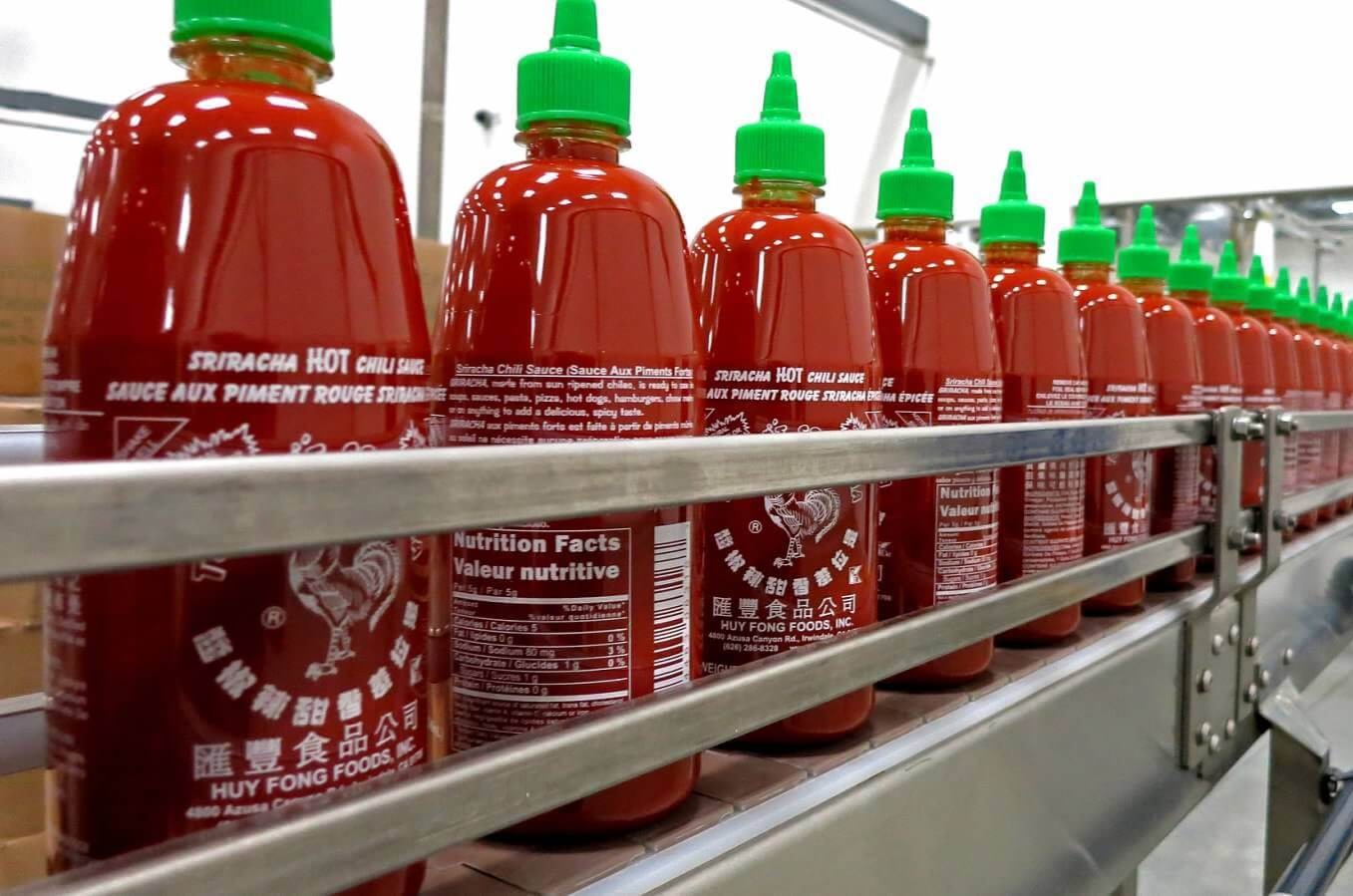Huy Fong Foods' Sriracha Shortage: Supply Chain Lessons and Market Impact

Huy Fong Foods, the company behind the famed sriracha sauce, has long been a strong force in the spicy sauce business. Founded in 1980 by Vietnamese immigrant David Tran, Huy Fong Foods quickly gained popularity and became a fixture in Asian grocery stores around the United States (US). The company's sriracha sauce, recognizable by its rooster label, contains sun-ripened jalapeño peppers, garlic, sugar, salt, and distilled vinegar. Despite the company's success, it encountered considerable obstacles recently, including a severe lack of jalapeño peppers, causing disruptions in manufacturing.
Figure 1: Huy Fong Foods Inc., Sriracha, Hot Chili Sauce
Source: Amazon
Huy Fong's current sriracha sauce shortfall can be attributed to the company's reliance on a single supply of red jalapeños. Huy Fong has been sourcing its peppers from California's Underwood Ranches for decades. However, once their relationship ended in 2017 due to a financial dispute, Huy Fong relied on Mexican farmers for supply. However, El Niño's blazing winter temperatures, which were higher-than-normal, and dry circumstances made it difficult for peppers to ripen correctly, leading to production concerns. As a result, Huy Fong had to cease production until after Labor Day 2024, resulting in a visible shortage and an orange hue in the normally red sauce. The different varieties of peppers available in Mexico might have slightly different characteristics, including color. At the same time, the negative effects of adverse weather only exacerbated the unique pepper characteristics needed for the original red color of the sauce, making it orange.
Impact of the Sriracha Shortage on Consumers and the Food Industry
This shortage significantly impacts both consumers and the food sector as a whole. With Huy Fong's manufacturing on hold, chefs, eateries, and hot sauce fans have had to look for alternatives. The scarcity has also increased secondary market prices, with some bottles fetching extravagant sums. For example, the price of Huy Fong's rooster sriracha sauce has surged dramatically due to a prolonged shortage of key chili pepper ingredients. Traditionally priced between USD 5 and USD 10, a 17-oz bottle now ranges from USD 20 to USD 150 on third-party marketplaces like Amazon and eBay, with 2-packs and 4-packs listed at even higher prices. This price increase stems from climate change and supply chain issues limiting production, allowing resellers to inflate prices. Unlike Huy Fong, other hot sauce brands like Tabasco have maintained stable prices, likely due to more diversified sourcing. This event highlights the vital importance of supply chain resilience in the food business. Industry experts underlined the significance of supplier diversification to avoid future disruptions, proving the point in this case.
The upheaval also created an opportunity for competitors. Underwood Ranches, a key supplier for Huy Fong, now makes its sriracha sauce and is one of Huy Fong's main competitors. This competitive landscape demonstrates that consumer loyalty may alter quickly when product availability and quality are compromised.
Huy Fong Foods' current issue demonstrates the necessity of supply chain management and the need for flexibility when acquiring crucial commodities. The corporation must find trusted new suppliers and enhance farming methods to stabilize its supply chain and regain consumer trust. As the hot sauce market grows, Huy Fong's recovery and future success will depend on maintaining product consistency and meeting consumer expectations.
Tridge points out how Huy Fong Foods' troubles illustrate broader food supply chain management issues. The company's reliance on a single supplier for its main ingredient has caused substantial interruptions, undermining its market position and paving the way for competitors. As the industry advances, Huy Fong's experience emphasizes the importance of strategic planning and diversification for long-term stability and success.

